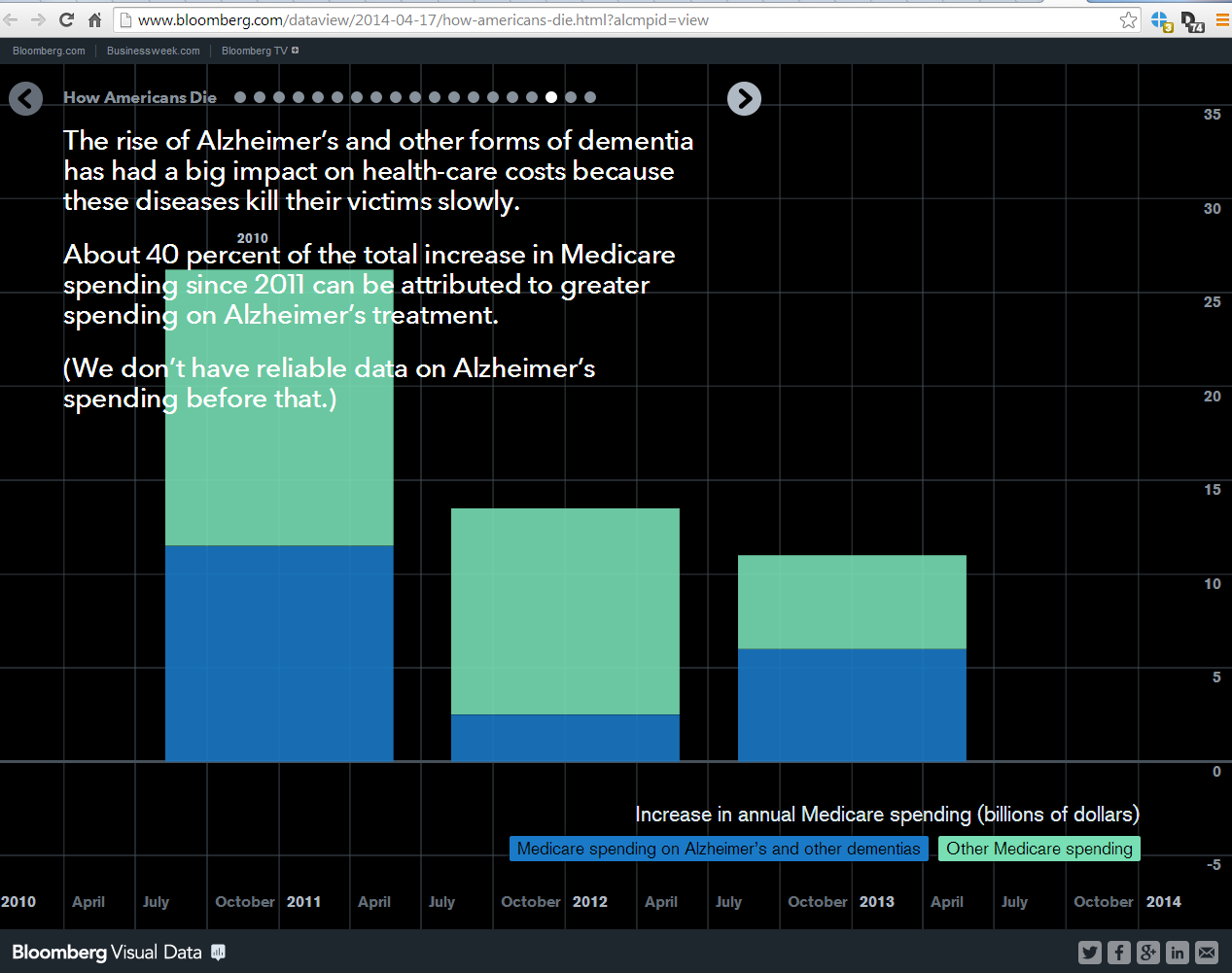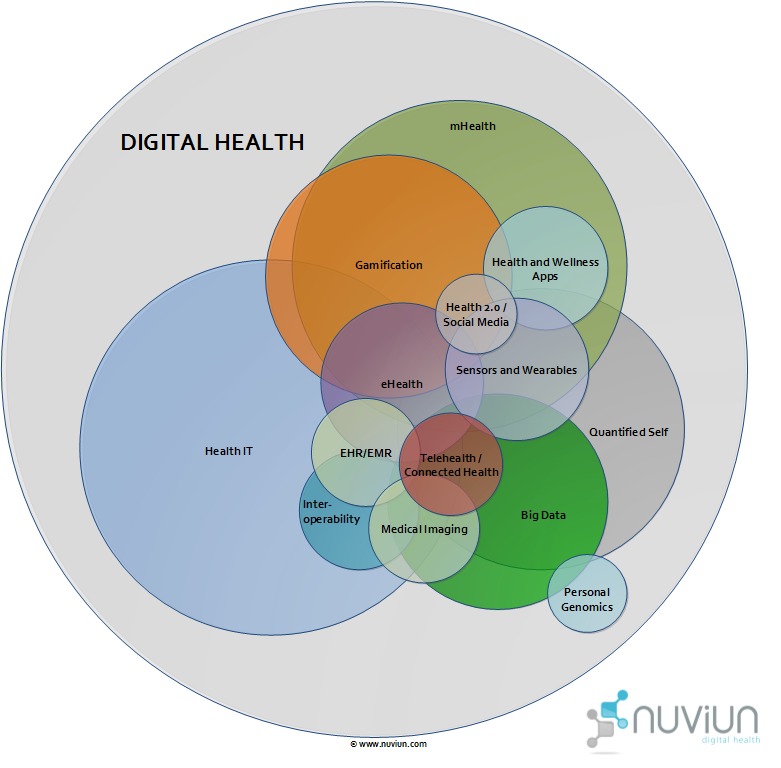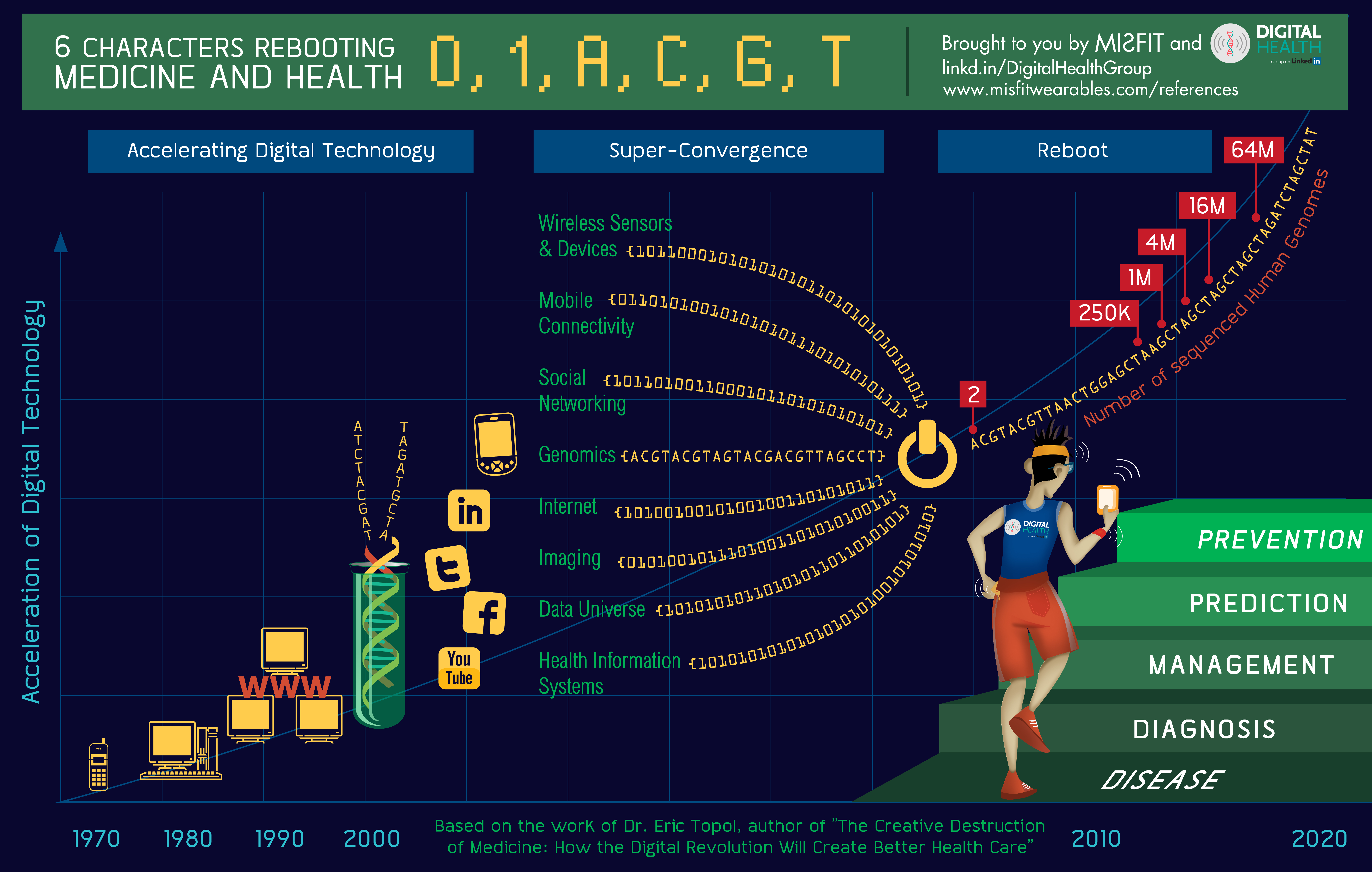The effort is being duplicated at 10 other sites across the country using data from hospitals, academic research centers, community health clinics, insurers and other sources. If all goes well, by September 2015 they will be linked together to create a giant repository of medical information from 26 million to 30 million Americans.
Nothing of this scale has been built before, and researchers say the potential of the network to speed up research efforts and to answer questions that have long vexed scientists cannot be overstated. But the creation of the network presents tricky ethical questions about who owns and controls the data, how to protect patient privacy and how research questions will be prioritized.
“Both the opportunity and the anxiety are pretty electrifying,” Francis S. Collins, director of the National Institutes of Health, said in an interview.
The origins of the patient project lie in an obscure part of the 2010 Affordable Care Act. As part of the nation’s health-care overhaul, Congress created an independent nonprofit group to help patients and their doctors make better-informed decisions about care. Dubbed the Patient-Centered Outcomes Research Institute, or PCORI, and based in the District, the organization’s mandate is to launch, fund and coordinate research on “comparative effectiveness” — to find out which drugs, devices and treatment options are more effective than others.
Do certain sets of behavioral interventions work better than others for weight control, for example? Might certain antibiotics work better for cystic fibrosis patients, based on their genetic profile?
Such questions have been surprisingly difficult to answer, despite the thousands of clinical trials published every year.
Physicians have long grumbled that few studies can be translated into practical advice. Some studies are too small to draw any definitive conclusions. Others include patients diagnosed with a single condition, while most patients are more complicated — they suffer from multiple issues. It isn’t uncommon for studies to contradict each other, and there’s no way for clinicians to know which one is right, because they often use different methodologies.
“The whole idea was to create a way to do the kind of research that would inform the real world,” explained Eugene Rich, who researches health-care effectiveness for Mathematica Policy Research, based in Princeton, N.J.
The database — an idea that has been talked about for years by everyone from insurance companies to Google but has never been successfully executed — holds the hope that some of those obstacles can be overcome.
“We will be able to get answers with a degree of certainty that we’ve never had before,” said Joe V. Selby, PCORI’s executive director, who calls the patient records network “the holy grail” of health-care research.
Collins said the value of the network is that it gives scientists the ability to ask an endless number of questions about a massive patient population with great speed and little cost.
In the randomized trials that NIH typically supports, “you have to enroll patients from the very beginning, and that’s a big infrastructure-building process that can take quite some time. And once a trial has been conducted, the whole thing has to be taken down again,” Collins said.
“It’s a great way to answer one specific question, but it’s not an efficient way to ask lots of questions,” he explained.
Before PCORI’s vision can be realized, the project’s leaders must overcome numerous hurdles.
The technical challenges of the project are enormous. The specter of the botched launch of HealthCare.gov haunts anyone trying to get large numbers of separate computer systems to talk to each other. But it is the larger questions about governance that have triggered conflict and worry in the nation’s health-care community.
How will research questions be prioritized? How should disagreements be resolved?
Should pharmaceutical companies and insurers be able to access the records and, if so, under what circumstances? What about the Centers for Disease Control and Prevention? The information could help epidemiologists track outbreaks and clusters of disease in a way they have never done before.
And, critically important to the multibillion-dollar pharmaceutical industry, how will the Food and Drug Administration view this type of research when considering applications for new drugs or in recalling old ones?
PCORI was never imagined to be the custodian of this kind of data network. It was designed to launch and fund research in a manner similar to NIH and the National Science Foundation. But it did not get nearly the same kind of funding.
President Obama’s budget request for fiscal 2015 included $30.4 billion for NIH and nearly $7.3 billion for NSF. But PCORI, which is funded through several streams, gets only about $500 million annually. Large, randomized clinical trials such as the ones NIH does for important questions cost upwards of $150 million, meaning that PCORI has enough to fund only two or three a year.
“So about a year ago, PCORI started talking about whether there is another model that is different from the NIH model, which would be more about embedding clinical studies in the fabric of day-to-day care,” said Robert W. Dubois, chief science officer for the National Pharmaceutical Council, a health policy research group funded by the industry.
The PCORI network, which is being built at a cost of nearly $100 million, would also be a way to pinpoint patients with certain criteria who could be invited to join a clinical trial. As it stands today, identifying patients eligible for trials is often time-consuming, expensive and hit-or-miss. Researchers must use a variety of tools to get enough participants, including reaching out to a network of doctors who then contact their patients and the old-fashioned method of putting up fliers in places where people with the criteria they are looking for congregate.
The new national patient network will comprise 11 sub-networks that include records from New York and Chicago, children’s hospitals, Kaiser Permanente and other groups. Each participating organization retains all the personally identifiable data and would have the right to accept or decline a research proposal. If a research project is greenlighted, each of the smaller networks would analyze its own databases and return an anonymized, aggregated response to the researcher.
“The raw data is not what is being shared. That remains with the institution that the patient trusts,” said Devon McGraw, director of the health privacy project for the Center for Democracy and Technology and head of the data privacy task force for PCORI.
Privacy experts say the general consent forms that patients sign when they get treatment should allow the use of data already collected in the aggregate. Hospitals and other organizations participating in the project don’t have any plans to explicitly inform patients about this. If researchers wanted doctors to collect additional data as part of a clinical trial, the researchers would clearly have to get a patient’s consent. But what about projects that involve more detailed analysis of individual patient histories?
One aspect of the project that was highlighted by researchers involved is that it has included patients at every step. Patient panels have been convened to help suggest research questions, and patients serve on the committees looking at privacy and data security.
Rainu Kaushal, a researcher at Weill Cornell Medical College who heads the New York-based part of the project, said patients’ perspectives on studies are often very different than scientists’.
“As a provider, I may be interested in how a serum marker changes with a treatment. But patients may be more interested in how it affects how they feel, their ability to exercise and eat,” she said.
Brian Currie, vice president for medical research for the Montefiore Medical Center, the university hospital for the Albert Einstein College of Medicine in the Bronx, which is participating in the New York network, said the number of questions are understandable given the historical barriers between different types of institutions that have prevented this research in the past.
“It’s pushing all the fronts on how medical institutions do research,” Currie said.







